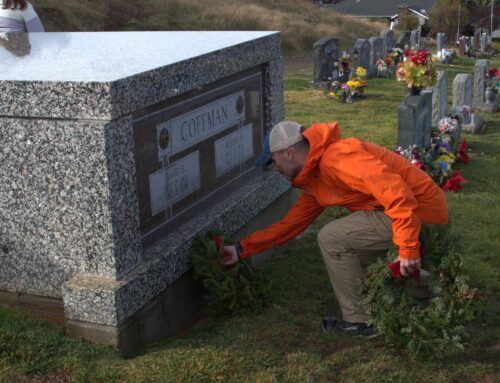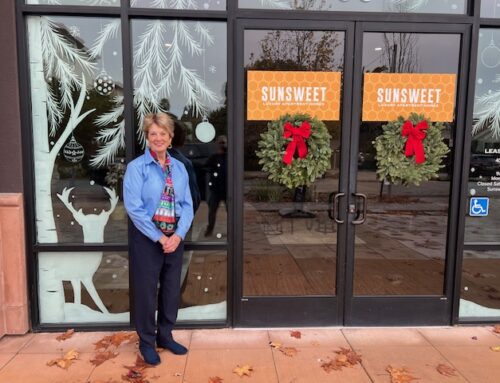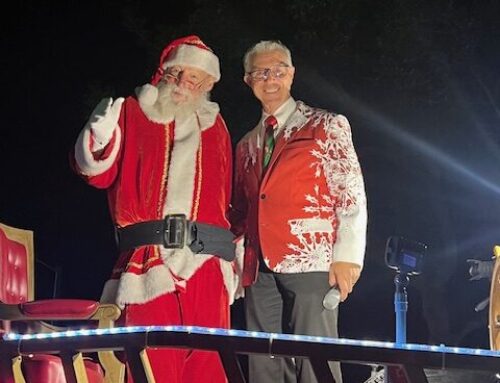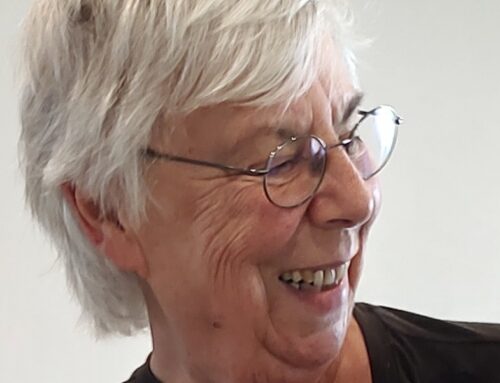Published in the March 15 – 28, 2017 issue of Morgan Hill Life
By Marty Cheek

I love this celebration of the pleasure of reading. I often marvel how simple symbols — the letters of the alphabet — can come together to form words. And those words then team up together into sentences that form images and ideas in the human brain.
In my memory, I can still see myself at the moment I first learned to read. I was sitting on my little bed in my little room in the little house I grew up in Hollister. My dad sat at my side with the McGuffey’s Readers primer. He had me sound out the words — and that moment turned into wonderful magic when for the first time for me meaning poured out of pages.
On Read Across America Day, I spent a pleasant hour with the first graders in Teresa Colbert’s class at Barrett Elementary School in Morgan Hill. We got off to a fine start with me putting a dry-erase marker on the whiteboard and writing the words: “Weeding is fun.” Well, it turned out that the young people did not think weeding was particularly fun. So I asked them to think up a word that rhymes with “weeding.” Being smart first graders, they came up with the idea that “Reading is fun.” We changed the spelling.
Then we played around a little with the power of punctuation. I replaced the period with a question mark, and the sentence turned inquisitive. Next I replaced the question mark with an exclamation mark and had all the kids yell out: “Reading is fun!”
OK, it’s a little bit of brainwashing on my part. But the truth is, reading can be fun. It might be an effort, but it’s well worth it for the doors this skill can open. Building that all-important reading mastery can lead to success in school and success in life. This is especially so in a world where many careers more and more require the ability to gain information and understand it at an increasingly faster rate.
Sitting in a rocking chair, I read two books to Ms. Colbert’s class. The first was a winner of the 2016 Caldecott Medal titled “Finding Winnie: The True Story of the World’s Most Famous Bear.”
With the students, I learned how the famous book about the beloved fictional bear came to be. In 1914, Harry Colebourn was a Canadian veterinarian on his way to tend horses in England during World War I. At a train station, he rescued a baby bear from a trapper and named the cub Winnie after his hometown of Winnipeg. He took the bear to London and placed him in the zoo in that city. In the London Zoo, Winnie made a new friend, a boy named Christopher Robin. And the boy’s father, A.A. Milne, created the story based on the child’s adventures with a teddy he named “Winnie-the-Pooh” after the bear at the zoo.
The second book was the classic beginner’s book “Go, Dog. Go!” by P. D. Eastman. I remember in first grade reading that book over and over, entranced by the fantastic canines who drove around in cars, wore crazy hats, rode roller coasters and got together for a pooch party in a tall tree at the end.
I hope you can find time to read books to the children in your life and, like my dad did with me, help them discover the wonder of words. It gave me great joy to visit Ms. Colbert’s class and share a couple of adventures contained in the pages of two wonderful children’s books. And I’m sure the students of the class will always remember: Reading is fun!






